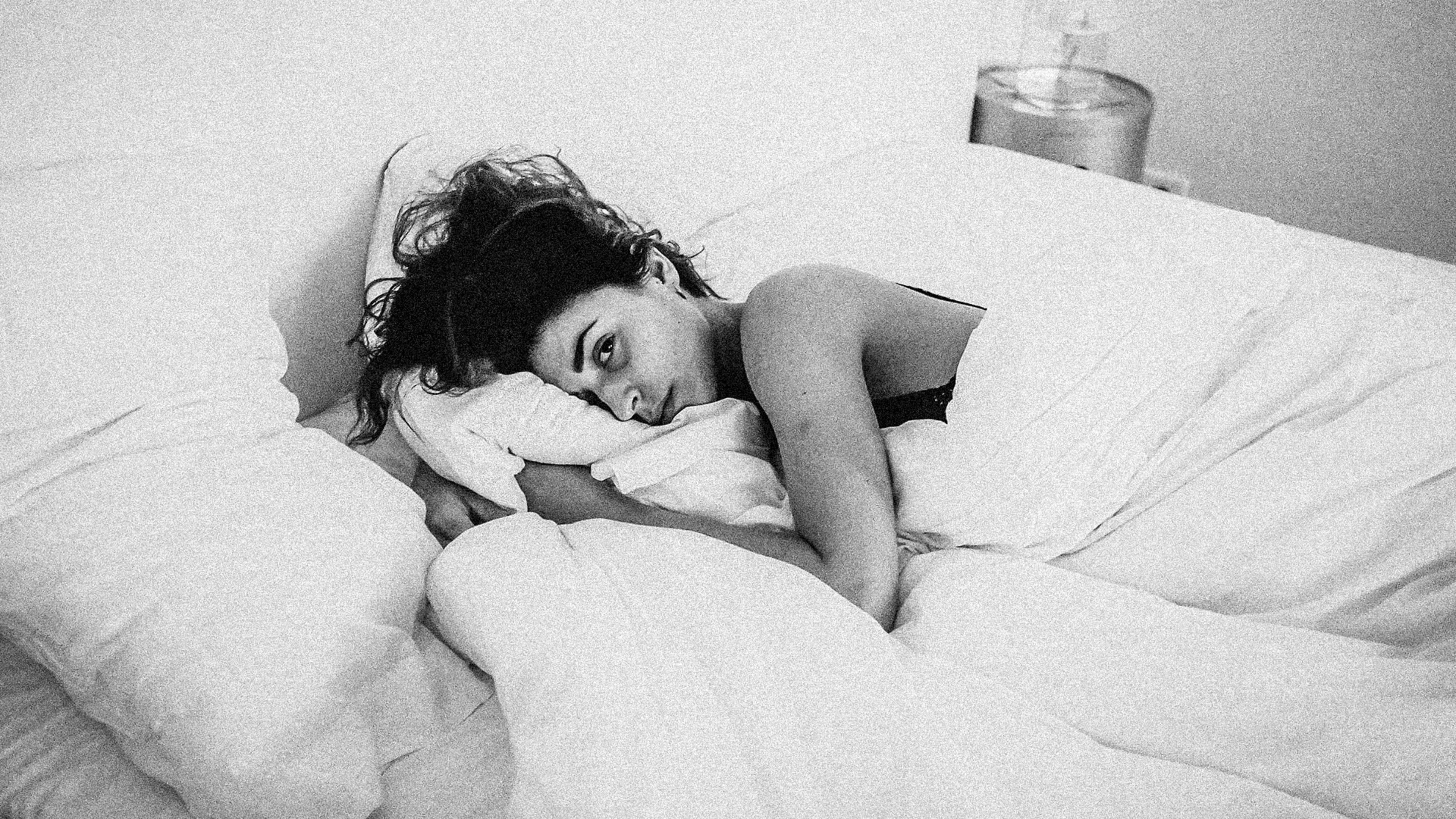A night of fitful tossing. A bedtime and wake time that fluctuate daily. A workday that begins sluggishly and ends later than you intended.
If this sounds familiar, your work-from-home routine (or lack thereof) may be the cause. “We might expect that working from home allows people to sleep better, but studies conducted prior to the COVID-19 pandemic suggest this is untrue,” says Jennifer Martin, professor of medicine at UCLA and sleep-expert adviser at Precision Nutrition.
“What I’m seeing is an increase in sleep disruption in getting to sleep and staying asleep related to the overall increased collective stress,” says Allison Siebern, an adjunct clinical assistant professor of psychiatry and behavioral sciences at the Stanford Center for Sleep Sciences.
Many remote workers may abide by less conventional schedules—especially during the summer months and as a new level of pandemic fatigue sets in. And many of us grapple with feelings of preoccupation long after closing our laptops. It makes sense: Our brains feel unsettled since our living and workspaces are now combined.
Understanding the relationship between working from home and sleep is key. Here are the major problems that can occur—and how you can get yourself back on track:
Oddball schedules
While working from our kitchen tables and makeshift standing desks, it’s easy for our schedules to become irregular, as we juggle household responsibilities, caretaking, virtual meetings across time zones, and extra anxiety and stress.
Many people find themselves putting in additional hours, too. With no distinct after-work plans or the need to rush home to pick up kids, our time is less regulated. “With no closure to the workday, [work] can drift into the evening hours and decrease the amount of time that one has for personal downtime,” says Siebern.
So it’s no wonder the quality of our sleep is deteriorating, even if we’re spending more time physically in bed, says Martin. “People are not sleeping as well, which means they are having a harder time falling asleep and are waking up more during the night. We don’t have conclusive evidence for why these changes have occurred, but one theory is people have substituted their commute time for added time in bed.”
The use of flex-spaces
A common piece of advice for catching healthy z’s is carving out a distinct space for sleep and sleep-adjacent activities. But when people work from home, the bedroom loses its relaxing connotation.
“One of the key recommendations for maintaining healthy sleep is to have a dedicated place for sleep to occur,” says Martin. “For many people, having multiple members of the household working or attending school at home developed ‘flex-spaces,’ which serve as workspaces during the daytime and sleep spaces at night.”
Limited downtime—and more screens
Moreover, workers are finding they simply don’t have time to chill out. “This personal downtime as we get ready to transition into sleep is very important to shift the physiology and brain activity. With too much activation, our sympathetic system overpowers our sense of sleepiness, potentially impacting getting to sleep and quality of sleep,” says Siebern.
When the transition to a decompression period happens more quickly since you no longer have a commute, the association you make between “work time” and “me time” disappears gradually. During this time of remote work, employees may not listen as closely to their bodies when it comes to taking time to relax.
Other attributes of the remote-work lifestyle can contribute to poor sleep. For instance, an increase in screen use stands in the way of the body’s shift to sleep. “The use of technology close to bedtime, with the exposure to increased blue light, can impact melatonin release, a hormone which regulates your sleep and wake cycle.” says Siebern.
Siebern also notes people’s dips in mood and climbing stress levels can stick around past daylight, throwing a wrench into the sleep time transition: “The loss of social interaction can lead to feeling disconnected, sad, anxious, and depressed. And those feelings can carry into the night.”
Tips for better shut-eye
First off, try to keep your schedule roughly the same each day, even if you’re not following the same hours you once kept. This might mean setting a stricter bedtime, taking scheduled breaks, and/or implementing a time management technique so you can finish your workday at a reasonable hour. Martin encourages remote workers to “set limits on your workday, and have a regular schedule for bedtime and rise time.”
Next, tell yourself to step away from the devices. It can be extremely tempting to continue scrolling through news updates or to catch up on content, but if you entertain these urges, your sleep suffers. Martin advises choosing 30 minutes before bedtime to settle in and prepare for a good night’s rest.
If you are working near where you sleep, make an effort to block out the image of your bed, says Martin. Bring in a physical divider such as a screen or another piece of furniture to create a clear visual separation. Without the looming image of your bedding, you can focus on work and you will be able to better “button up” your workday.
Siebern says this definite end to the day is critical to preserving a sound sleep schedule: “Spend some time closing up the workday and transition to personal and family time. This creation of closure to the day can be helpful when working from home—and this includes no longer peeking at work emails after that closure.”
Recognize your brand’s excellence by applying to this year’s Brands That Matter Awards before the early-rate deadline, May 3.
